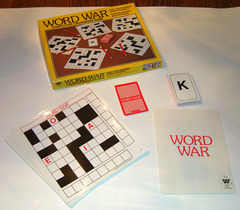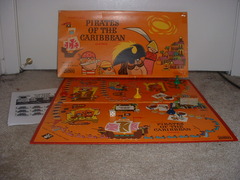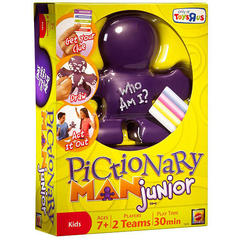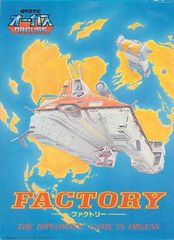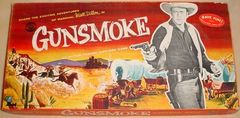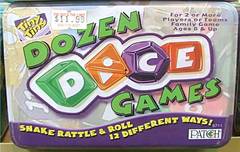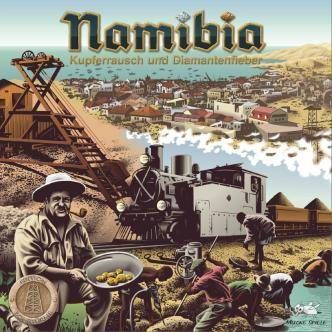
Namibia
-
Description
1884: First sources of various commodities have been discovered: gold, silver, copper and diamonds as well. The colonial government has issued concessions to enterprises which shall build up the necessary infrastructure to deliver the commodities and transport them to the coast. Who will place their rigs in the right place? Who will be able to sell the commodities for the highest price?
The game board shows a map of Namibia with a hex grid.
This is the second game of the "Edition Bohrtürme" (after 'Schwarzes Gold') that uses the game pieces of 'Giganten' (Kosmos). It is the winning titles in the categorie "more complex games".
In Namibia, players represent mining corporations who are looking to mine commodities - diamonds, gold, silver and copper - and attempt to transport them to ports to sell at the highest possible price. In order to achieve their aims, players have to bribe (via an auction) colonial government officials who control access to the interior and to the ports.
Access to the interior allows a player to develop the country’s rail infrastructure which is required to move commodities to ports in order to sell and make money. And money buys reputation, which gets more expensive to acquire as the game goes on. Players also need to construct and complete their mines and prospect for ore.
However, too much bribery leads to a decrease in reputation which affects a player’s position at the end of the game, but limited access to the transport and shipping infrastructure will seriously impact a player’s ability to make money.
Selecting the right time to ship and sell is the key, because the market can be manipulated by other players. The winner will be the player who can make loads of money while keeping a good market reputation. The player with the highest reputation wins.
Mechanisms
The main mechanisms in the game are the auction at the start of each round (which determines turn order, how many rails you can place and whether or not you can select a port and commodity for shipping), placement of mines, rails and prospected commodities and the decision on which commodities to ship via which port.
The commodity market is fairly dynamic and the price is based on a supply and demand mechanism ... the price of commodities halves as soon as supply exceeds demand. So selecting the right time to ship, before your competitors have the chance to do so, is important.
Players who like games which involve making tricky and meaningful decisions will like Namibia ... the fun is in a player’s decisions and their consequences.Hints for gamers playing the game first time
- It is not always a good idea to concentrate on just one commodity as this leaves you open to market manipulation by other players. Spread your assets wisely and keep an eye on the commodity index.
- Similarly, it is not always a good idea to have a presence in just the north or south of the country, particularly early in the game, as you can get shut out of shipping opportunities.
- Don’t be in a hurry to join the rail networks in the north and south of the country ... your efforts will benefit all players!
- Although early cash is useful, remember that prices will soon rise. Try to balance cashflow against potential returns.
- Placement of your mines under construction is absolutely crucial in the early rounds. Remember to consider future shipping opportunities as well as commodity values.
- Being last in an auction (in a 4 player game) is not all bad as you have the opportunity to place two mines under construction. Being third can be a bit of a pain though ...
-
Details
Ages: 12 and upArtist: Harald LieskeDesigner: Brian RobsonPublisher: Mücke SpieleTime: 120 minutesYear: 2010



